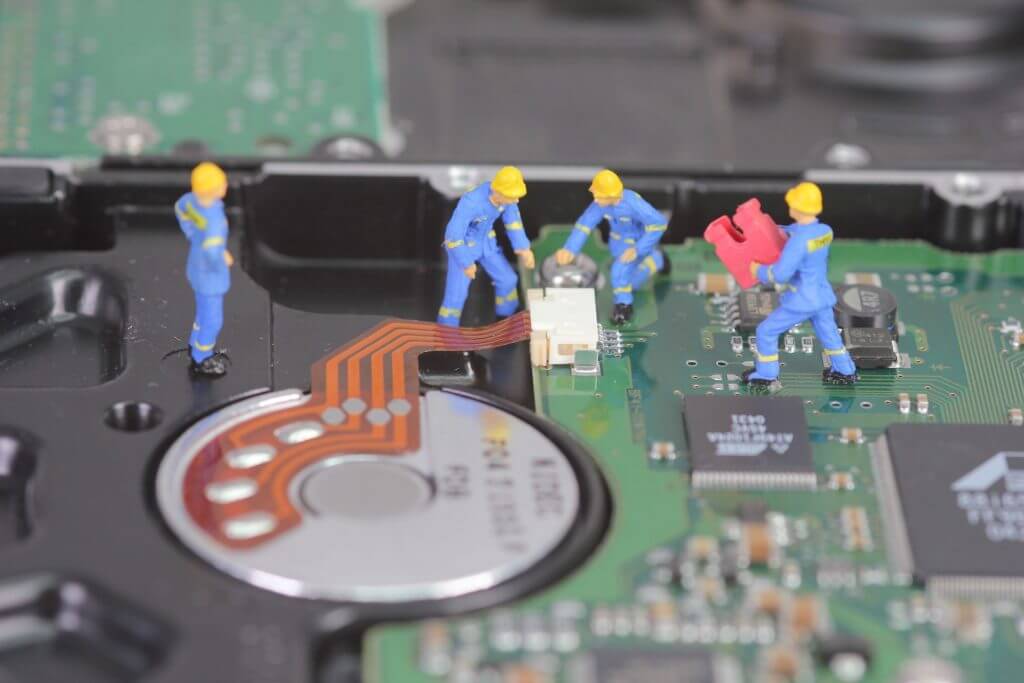- MON - SAT : 9AM - 7PM
- Thane & Pune
- sales@technoeyenet.com
WHAT IS STRUCTURED CABLING AND WHY IS IT IMPORTANT FOR YOUR BUSINESS?
You may have heard the term structured cabling and wondered how it could be beneficial for your business. But, most of the definitions you’ll come across online can be somewhat confusing.
Structured cabling is more or less the data cabling infrastructure that ensures predictable performance while also allowing for flexibility and future addition. Techno Eye is here to answer all your questions related to structured cabling. Here we’ll define what it is and how it can transform your business operations.
What Is Structured Cabling?
Structured cabling is a cabling infrastructure for telecommunications that enables seamless data transmissions. It’s an organized data cabling system that allows the smooth flow of data, voice, and video in various environments, such as corporate buildings or different extensive facilities.
A structured cabling system has numerous standardized smaller components for communications cabling. It has various patch panels and trunks that enable you to connect your network cabling system to multiple pieces of hardware.
At the top of the rack, you have a patch panel where you can connect various hardware ports. Then, some trunks enable you to link that top patch panel to another patch panel in the Main Distribution Area (MDA). This is where you can make any necessary moves, adds, and changes (MACs) to your network cabling infrastructure using short-length patch cords.
How Is Structured Cabling Different from Point-to-Point Cabling?
With point-to-point cabling, you use jumper fiber cables to connect a storage unit, switch, or server to another storage unit, switch, or server directly. This means that there is no Main Distribution Area where you can use patch panels and trunks to connect different pieces of hardware to your data center. You only run the cables to and from various equipment directly.
This type of network cabling is useful if you have a smaller number of connections. For more extensive facilities with a lot of connections, structured cabling is the way to go. Let’s take a look at the reasons why.

Why Is Structured Cabling Beneficial for Your Business?
If you have a data center at your business facility, structured cabling can provide you with several significant benefits.
Seamless Data Center Cable Management
Using a structured system for your data cabling means having an organized cabling system. You don’t have to deal with a complicated infrastructure that often leads to mistakes, such as unplugging the incorrect hardware ports.
Moreover, tangled cables can damage other wires, eventually causing network disruptions and hardware problems, which can be challenging to pinpoint. With structured data cabling, you don’t have to worry about these issues.

Cost-Effectiveness
Structured cabling is also very cost-effective. It can help you trim your cabling maintenance costs, not to mention reduce power. It can also help you establish a scalable network that can easily handle high bandwidth.
With a seamless information flow, your productivity and efficiency will spike. This is because you will save time that you would otherwise spend on locating the right ports and cables and identifying and resolving any potential issues.
Better Flexibility
A structured cabling system enables you to make all moves, adds, and changes necessary to your network cabling infrastructure. You can easily create new installations and upgrades to the system, as well as relocate it if you ever need to move to another business location.
Lower Risk of Downtime
If you run a messy, unorganized data cabling system, you’re bound to make mistakes that will lead to downtime, both concerning your network and your business workflow.
With structured cabling, you significantly reduce the risk of human error that can cause workflow and network disruptions. This is because your cabling infrastructure is well-organized, so you can quickly locate all the cables and ports, and efficiently and effectively locate and rectify any potential faults in the system.

Services
Solutions
- Data Centre Solutions
- EBPX Intercom
- Video Audio Conferencing
- IT Security Solutions
- Networking Solutions
- Structured Cabling
- Wi-Fi Solutions
- Server & Backup Solutions
- CCTV Surveillance System
- Biometric Attendance Machine
- Door Access Solutions
- Video Door Phone
- Internet Lease Line
- PRI & MPLS
- Webserver & Storage Solutions
Connect With Us
- +91-9503357739
- sales@technoeyenet.com
-
Kapurwadi
SB27, Second Floor, High Street Mall, Kapurbawadi Junction, Thane(W)-Pincode 400607 -
Pune
BR1- 412/413, 4th floor, B Wing, Jai Ganesh Vision Complex, Akurdi, Pune, Maharashtra 411035 -
Bhiwandi
202, I-Wing, Manav Complex, Reti Bandar Rd, Phase II, Kalher, Bhiwandi, Maharashtra 421302 -
Tingre Nagar, Pune
No: 7, Ground Floor, Samvidh Society, Plot No: 29, Landmark 7B,, Vidya Nagar Road, Tingre Nagar., Pune, Maharashtra 411032